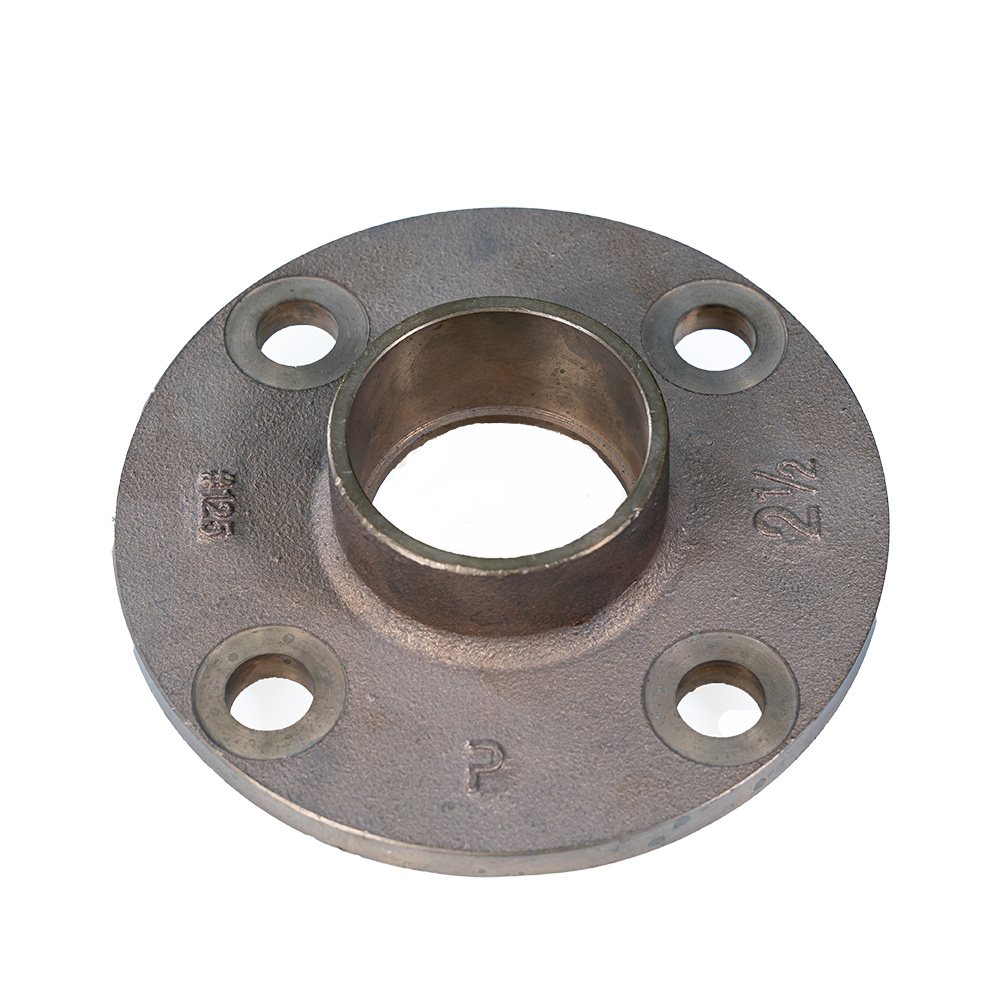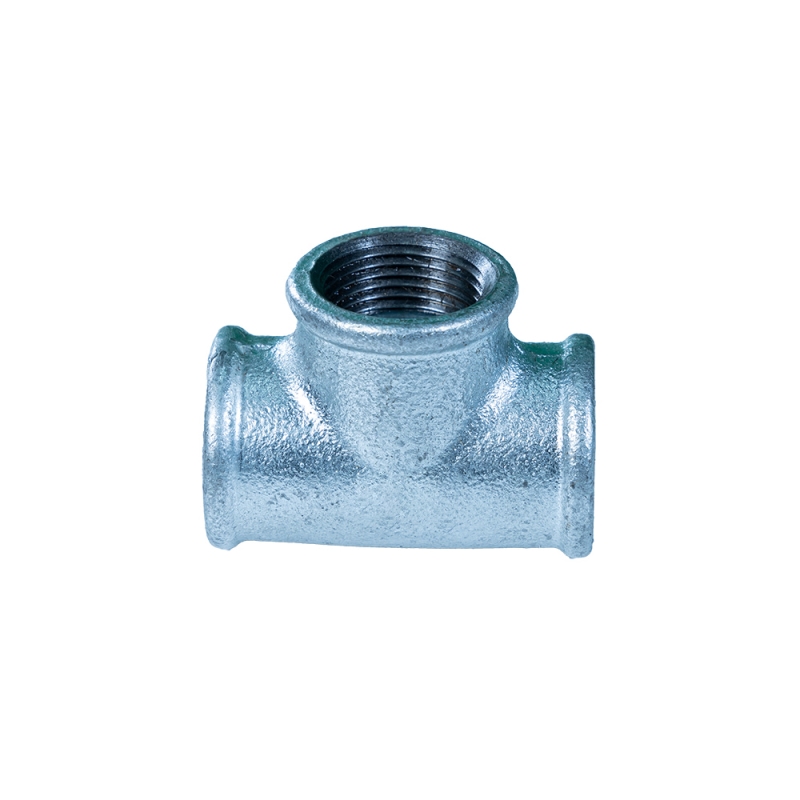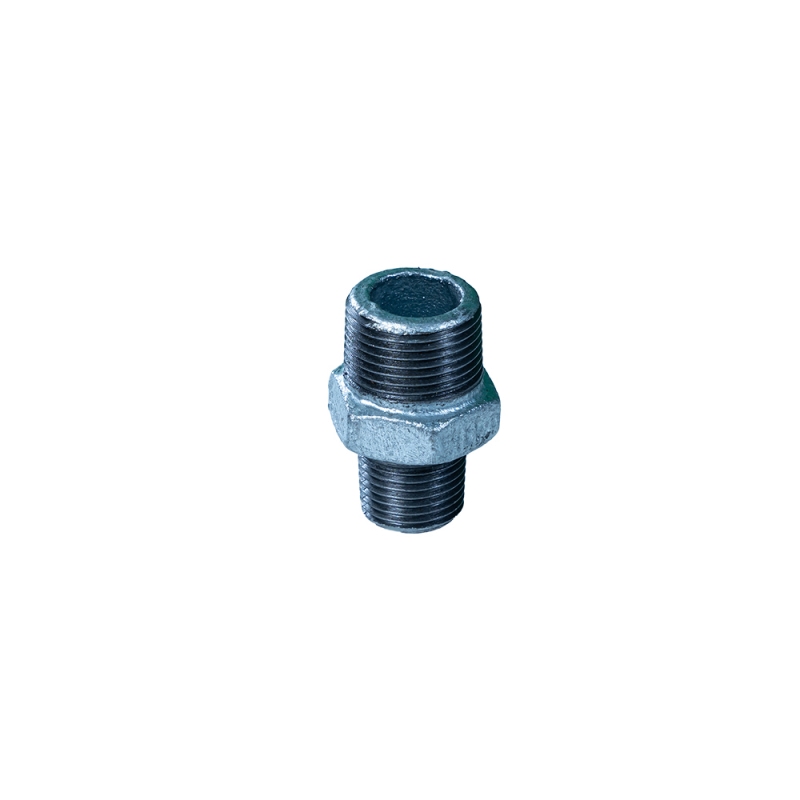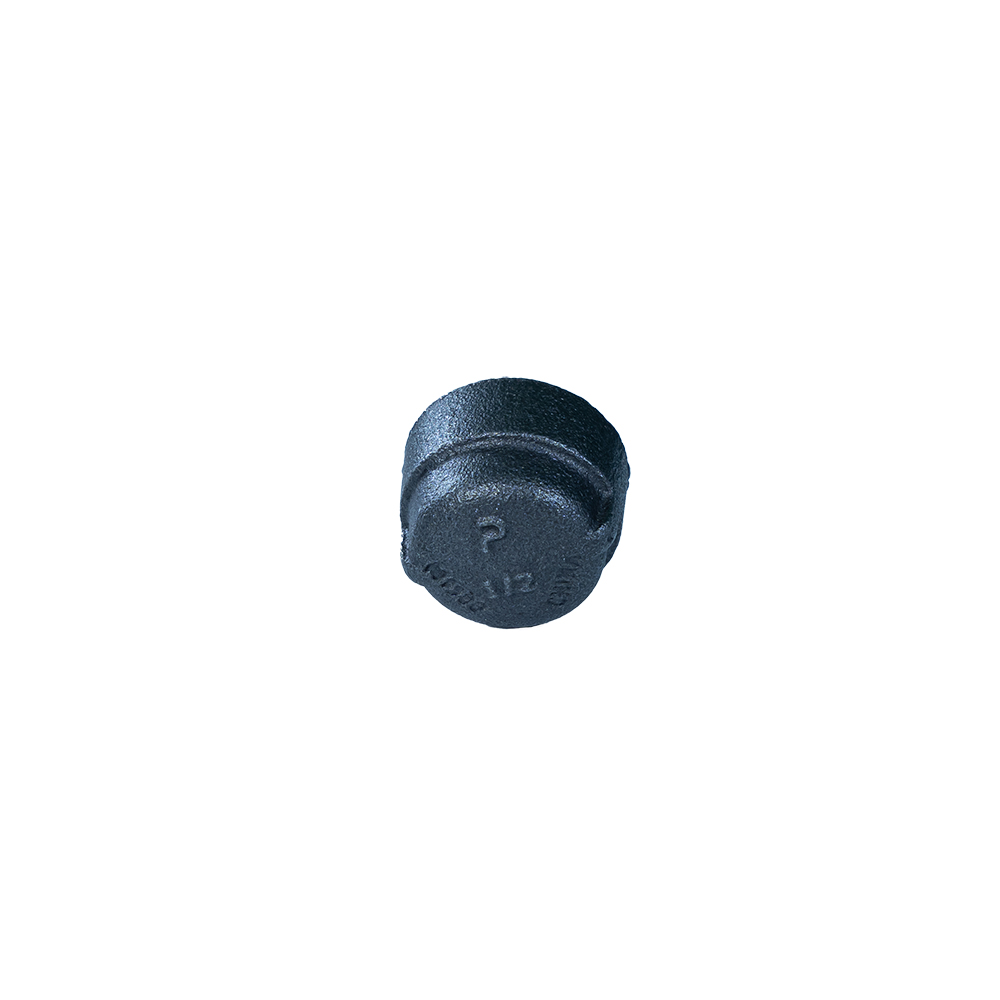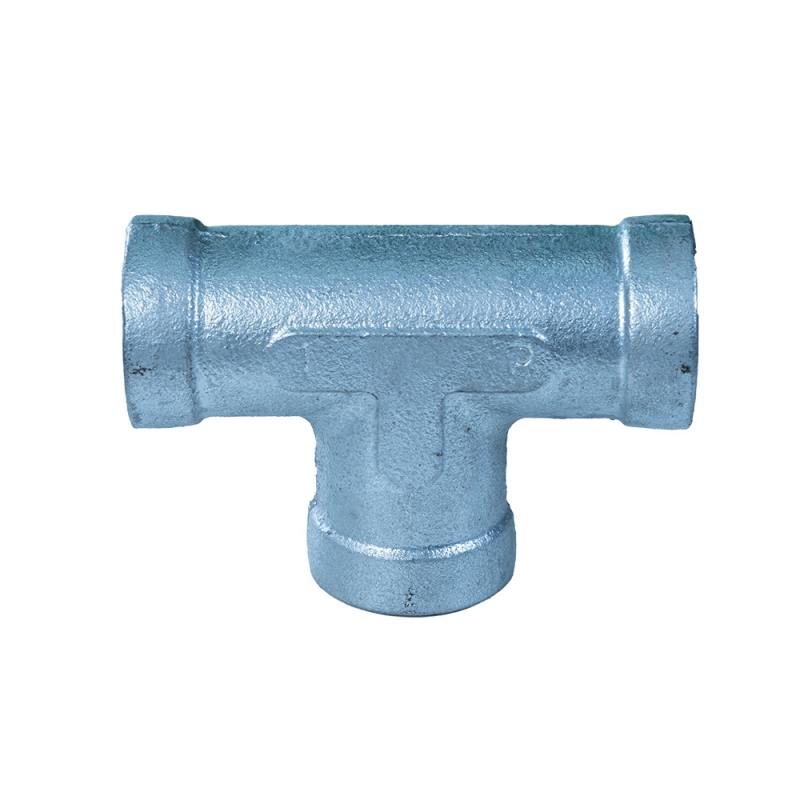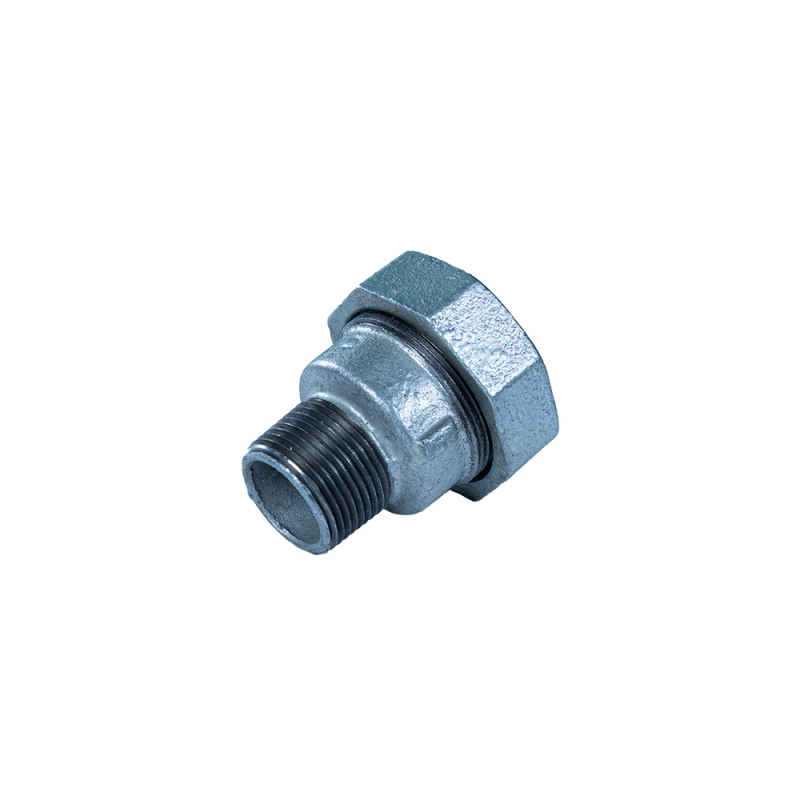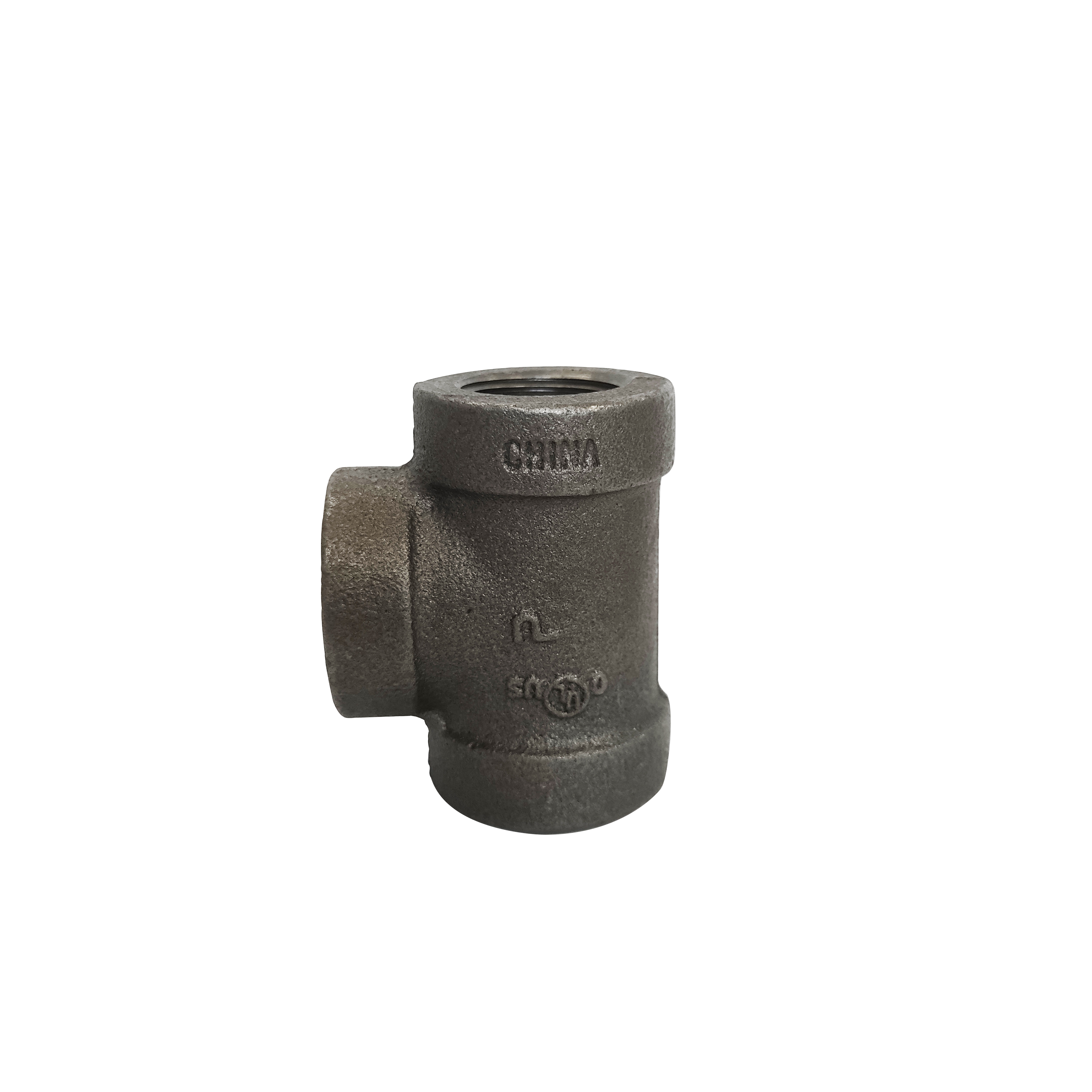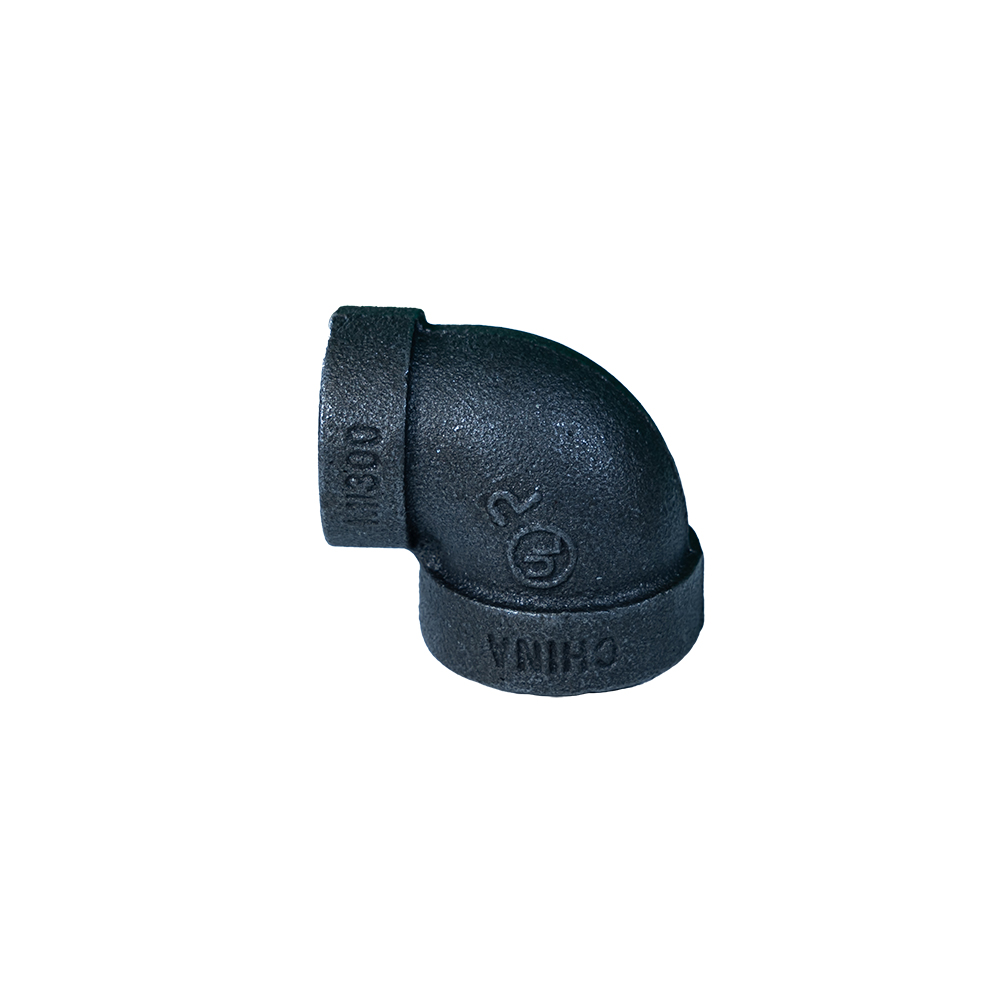Understanding High-Quality Cast Bronze Threaded Tee Fittings in Industrial Applications
In the intricate world of fluid conveyance and process control, the integrity and reliability of every component are paramount. Among these critical elements, the Hight quality Cast Bronze Threaded Tee Fitting stands out as an indispensable solution for branching pipelines and managing flow in a multitude of demanding industrial environments. These fittings are not merely connectors; they represent a convergence of advanced metallurgical science, precision engineering, and stringent quality assurance protocols designed to withstand corrosive media, high pressures, and fluctuating temperatures. The inherent properties of cast bronze, particularly its exceptional corrosion resistance and mechanical strength, make it an ideal material for applications where longevity and minimal maintenance are critical considerations. From municipal water treatment plants to complex petrochemical facilities and maritime systems, the consistent performance of these threaded tees ensures operational continuity and safety. The selection of a high-quality bronze alloy, combined with meticulous casting and threading processes, yields a product capable of forming robust, leak-proof connections vital for both efficiency and environmental protection. This comprehensive overview delves into the core aspects of these essential components, exploring their manufacturing intricacies, technical superiority, diverse applications, and the rigorous standards that define their quality, ultimately providing decision-makers and technical personnel with the insights necessary to make informed procurement choices that bolster system reliability and extend operational lifespans.
The Manufacturing Process: Crafting Precision in Cast Bronze
The production of a Hight quality Cast Bronze Threaded Tee Fitting is a multi-stage process that combines traditional metallurgical techniques with modern precision machining. It typically begins with the careful selection of raw materials, primarily high-grade copper alloys such as C83600 (Red Brass) or C84400 (Semi-Red Brass), chosen for their excellent castability, corrosion resistance, and mechanical properties. The journey from raw material to finished product involves several critical steps: first, pattern making, where a precise replica of the tee fitting is created, often from wood, metal, or resin, accounting for shrinkage during cooling. Next, sand molding involves compacting specially prepared sand around the pattern to create a mold cavity, which is then opened, the pattern removed, and cores inserted to form internal passages. The heart of the process is melting and pouring, where the bronze alloy is melted in an induction furnace to precise temperatures (typically around 1000-1100°C) and carefully poured into the prepared sand molds. During cooling and solidification, the molten bronze takes the shape of the fitting; controlled cooling rates are essential to achieve the desired microstructure and mechanical properties, preventing defects like porosity or hot tears. After cooling, shakeout removes the sand mold, revealing the rough casting.
Subsequent steps involve fettling and cleaning, where risers, gates, and any excess material are removed, and the casting is cleaned through shot blasting to remove residual sand and scale. The casting then proceeds to heat treatment (annealing or stress relieving), if required, to optimize mechanical properties and relieve internal stresses. The most critical precision stage follows: CNC machining. This involves highly automated computer numerical control machines precisely cutting the threads (e.g., NPT, BSPT, NPSM) and machining critical surfaces to ensure exact dimensions, smooth finishes, and perfect concentricity. This level of precision is vital for creating leak-proof connections. Throughout the entire process, rigorous quality control and inspection are performed. This includes visual inspection for surface defects, dimensional checks, spectroscopic analysis of alloy composition, mechanical testing (tensile strength, hardness), pressure testing (hydrostatic or pneumatic) to detect leaks at specified pressures (e.g., ANSI B16.15 standards), and non-destructive testing (NDT) such as eddy current or ultrasonic inspection for internal flaws. Adherence to international standards like ISO 9001 for quality management and specific product standards like ANSI B16.15 (Cast Bronze Threaded Fittings) or ASTM B62 (for bronze casting alloys) is paramount, ensuring that each Hight quality Cast Bronze Threaded Tee Fitting meets or exceeds industry requirements for durability, performance, and safety, offering an extended service life often exceeding 20-30 years in non-aggressive environments.
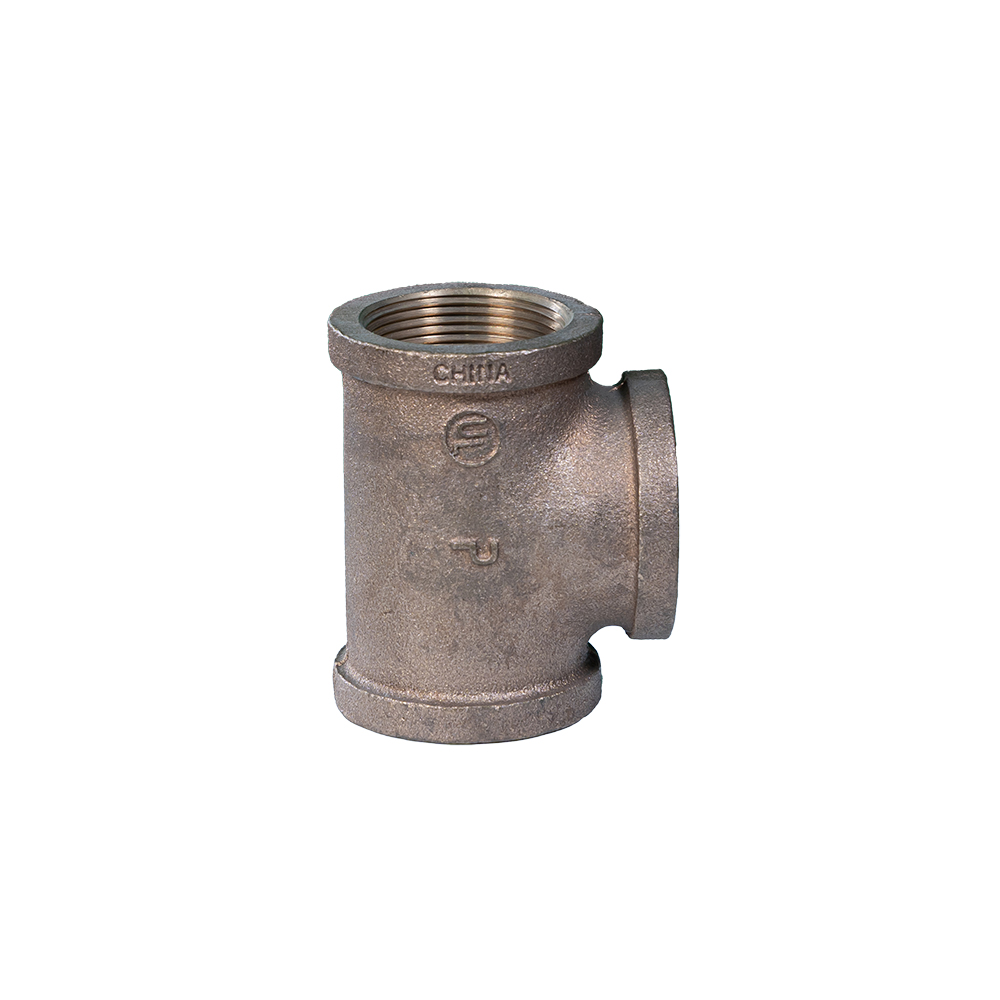
Technical Specifications and Performance Advantages
The technical specifications of a Hight quality Cast Bronze Threaded Tee Fitting are crucial for engineers and procurement specialists to ensure compatibility and optimal performance within complex systems. These fittings are typically designed to operate across a broad range of pressures and temperatures, varying with the specific bronze alloy (e.g., C83600 suitable for up to 250 psi WOG – Water, Oil, Gas, at ambient temperatures) and the applied standard. Thread types are universally recognized, including NPT (National Pipe Taper), BSPT (British Standard Pipe Taper), or NPSM (National Pipe Straight Mechanical), ensuring interoperability with existing piping infrastructure globally. Diameter sizes commonly range from 1/4 inch to 4 inches, accommodating diverse flow requirements. The robust construction of cast bronze provides several distinct advantages. Firstly, superior corrosion resistance: bronze alloys exhibit exceptional resistance to dezincification and general corrosion from water, steam, mild acids, and many industrial fluids, significantly extending the fitting’s operational life compared to other materials like certain grades of steel in specific corrosive environments. This characteristic makes them ideal for potable water systems, marine environments, and chemical processing.
Secondly, excellent mechanical strength and ductility ensure that the fittings can withstand significant pressure fluctuations and mechanical stress without cracking or deforming, contributing to system integrity and safety. Bronze also possesses good thermal conductivity, which can be beneficial in certain heat transfer applications, and its non-sparking properties are advantageous in volatile environments where ignition sources must be minimized. Furthermore, the inherent lubricity of bronze reduces galling or seizing of threads, facilitating easier installation and removal compared to harder metals. The low lead content in modern bronze alloys, particularly those conforming to NSF/ANSI 61 and Safe Drinking Water Act (SDWA) requirements, makes them increasingly suitable for potable water applications, addressing growing environmental and health concerns. The long service life of these fittings directly translates into reduced maintenance costs and fewer system downtimes, significantly contributing to the overall energy efficiency and economic viability of the installed system. By minimizing leaks and ensuring smooth flow paths, they contribute indirectly to energy conservation, reducing pumping energy requirements and preventing material loss, which is especially critical in large-scale fluid transfer operations where even minor inefficiencies can accumulate into substantial operational costs over time.
Typical Specifications for Cast Bronze Threaded Tee Fittings
Diverse Application Scenarios and Industry Reach
The versatility and robustness of a Hight quality Cast Bronze Threaded Tee Fitting allow it to be deployed across an extensive array of industrial sectors, each benefiting from its specific attributes. In the petrochemical industry, these fittings are integral in non-corrosive fluid lines, utility piping, and low-pressure steam systems where brass is often preferred for its resistance to specific hydrocarbons and its non-sparking properties. Their reliable performance in controlling the flow of various chemicals and intermediates is crucial for maintaining operational safety and preventing hazardous leaks. Within the metallurgy sector, particularly in applications involving cooling water lines for furnaces or rolling mills, the excellent heat conductivity and corrosion resistance of bronze are invaluable, ensuring efficient temperature management and preventing downtime due to material degradation. The ability to withstand harsh industrial atmospheres and moderate temperatures makes them a preferred choice for longevity in these demanding environments.
Perhaps one of the most prominent application areas is water supply and drainage systems. Here, the lead-free or low-lead variants of cast bronze fittings are essential for potable water distribution, complying with stringent health and safety regulations like NSF/ANSI 61 and the Safe Drinking Water Act. Their natural resistance to scale buildup and general corrosion from various water qualities ensures long-term integrity and prevents contamination. In HVAC (Heating, Ventilation, and Air Conditioning) systems, bronze tees are commonly used in hydronic heating and cooling loops, where their durability against fluctuating temperatures and pressures, along with resistance to oxygenated water, contributes to system efficiency and reduced maintenance. The marine industry relies heavily on cast bronze fittings for onboard water systems, bilge lines, and fire suppression systems due to bronze's exceptional resistance to saltwater corrosion, a critical factor for avoiding premature component failure in harsh marine environments. Furthermore, in fire protection systems, bronze tees are utilized for their reliability under pressure and their non-corrosive properties, ensuring that sprinkler and standpipe systems remain operational when needed most. Their adaptability extends to agricultural irrigation systems, power generation plants (for instrument air or cooling water lines), and general industrial piping, where their durability and ease of installation provide a cost-effective and reliable solution for branching fluid paths. These diverse applications underscore the critical role of a well-engineered Hight quality Cast Bronze Threaded Tee Fitting in ensuring the efficient, safe, and sustainable operation of modern infrastructure.
Optimizing Solutions: Customization and Technical Support
While standard Hight quality Cast Bronze Threaded Tee Fitting configurations meet the requirements of most applications, specific industrial projects often demand tailored solutions to address unique challenges related to space constraints, specialized media, or extreme operating conditions. Leading manufacturers, understanding the complexities of large-scale infrastructure and process piping, offer comprehensive customization services. This can involve producing fittings with non-standard thread types, specific wall thicknesses for enhanced pressure ratings, or unique branching angles to optimize flow dynamics in confined spaces. Material variations, such as incorporating different bronze alloys to combat particular corrosive agents or to meet stricter lead content regulations for specific potable water applications, are also common customization requests. For instance, a client in a chemical processing plant might require a tee fitting with an unusual branch orientation to integrate seamlessly into a legacy system, or a marine client might need a bronze alloy with enhanced nickel content for superior resistance to highly saline environments.
The customization process typically begins with a detailed consultation, where engineers collaborate with clients to understand precise technical requirements, flow rates, pressure tolerances, and environmental factors. This often includes computational fluid dynamics (CFD) analysis to predict flow behavior and stress analysis to ensure structural integrity under design conditions. Following design approval, advanced manufacturing techniques, including specialized mold fabrication and precision CNC machining, are employed to produce the custom fittings with the same stringent quality controls applied to standard products. Furthermore, reputable suppliers provide extensive technical support, from initial design assistance and material selection guidance to post-installation troubleshooting. This level of partnership ensures that the chosen Hight quality Cast Bronze Threaded Tee Fitting, whether standard or customized, integrates perfectly into the existing system, optimizing performance, minimizing potential failures, and extending the overall lifespan of the piping infrastructure. This commitment to bespoke solutions and expert guidance is a hallmark of an industry leader dedicated to comprehensive client success and long-term operational excellence, demonstrating significant experience in delivering effective fluid conveyance solutions globally for over a decade.
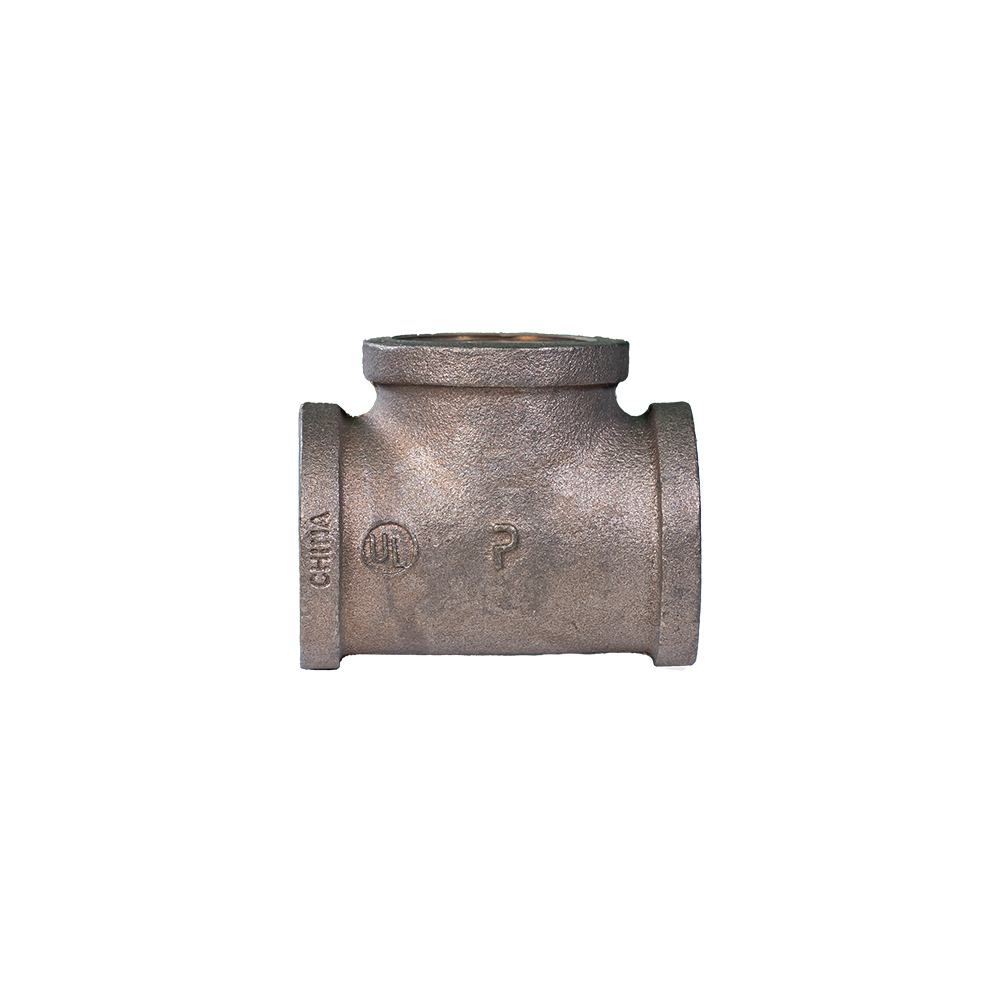
Quality Assurance, Certifications, and Trustworthiness
The trustworthiness and authority of a manufacturer of Hight quality Cast Bronze Threaded Tee Fitting are substantiated by their adherence to rigorous international standards and comprehensive quality assurance protocols. A commitment to quality begins with the sourcing of raw materials, ensuring they meet specific metallurgical compositions outlined by ASTM or other relevant bodies. Throughout the manufacturing process, from casting to machining, advanced inspection techniques are employed. These include spectrographic analysis of bronze alloys to confirm chemical composition, ensuring the material properties align with specified grades (e.g., C83600 or C84400). Dimensional accuracy is verified using precision instruments, and thread quality is meticulously checked to guarantee seamless compatibility with pipe systems and prevent leaks, often adhering to ANSI B1.20.1 for NPT threads or BS 21 for BSPT. Pressure testing, typically hydrostatic testing at 1.5 times the rated working pressure, is performed on every batch to validate integrity under operational stress, detecting any potential micro-leaks or structural weaknesses before shipment.
Furthermore, reputable manufacturers possess critical industry certifications that attest to their manufacturing excellence and product compliance. ISO 9001 certification signifies a robust quality management system, demonstrating a consistent commitment to meeting customer and regulatory requirements. For fittings used in potable water applications, compliance with NSF/ANSI 61 and adherence to the Safe Drinking Water Act (SDWA) are paramount, certifying that the bronze alloys used do not leach harmful levels of lead or other contaminants into drinking water. Adherence to product-specific standards like ANSI B16.15 for cast bronze threaded fittings ensures interchangeability and performance consistency across the industry. Service cases and client feedback consistently highlight the reliability and longevity of fittings produced under such stringent controls, often outperforming alternatives in challenging environments. The ability to provide detailed material test reports (MTRs), pressure test certificates, and compliance documentation for each shipment further reinforces a manufacturer's authority and transparency. Companies with a long track record of service (e.g., over 15 years in the industry) and established partnerships with major engineering firms or industrial contractors are inherently more trustworthy, demonstrating sustained expertise and a proven ability to deliver high-quality, dependable products that contribute to the safety and efficiency of global infrastructure. This comprehensive approach to quality and compliance ensures that every Hight quality Cast Bronze Threaded Tee Fitting delivered meets the highest performance and safety expectations.
Client Success Stories and Case Studies
Real-world application demonstrates the true value and performance of a Hight quality Cast Bronze Threaded Tee Fitting. One notable case involved a large-scale municipal water treatment facility undergoing a significant infrastructure upgrade. The existing galvanized steel fittings in their filtration and distribution lines were showing signs of severe internal corrosion and tuberculation, leading to reduced flow rates, increased pumping energy demands, and frequent maintenance. After a thorough evaluation, the facility opted to replace critical branching points with high-quality cast bronze threaded tees. The decision was based on bronze's superior corrosion resistance to treated water, its long-term integrity, and its compliance with potable water standards. Over an 18-month period following installation, the facility reported a noticeable improvement in flow consistency, a 7% reduction in pumping energy consumption due to decreased friction losses, and a dramatic decrease in unscheduled maintenance related to fitting failures. The ease of installation, attributed to the precision threading of the bronze fittings, also contributed to a faster project completion time, minimizing disruption to water supply. This specific scenario highlights the long-term operational savings and improved system reliability achievable by investing in high-grade bronze components, showcasing direct experience and tangible benefits.
Another compelling example comes from the maritime sector, where a fleet of commercial cargo vessels required replacement fittings for their onboard cooling water and bilge systems. The harsh saltwater environment had severely degraded previously installed ferrous metal fittings, leading to frequent leaks and costly repairs during voyages. The challenge was to find a material that could withstand constant exposure to corrosive seawater while maintaining structural integrity under vibration and fluctuating temperatures. High-quality cast bronze threaded tees were specified for their exceptional resistance to marine corrosion and their robustness. The supplier provided fittings manufactured from a specialized bronze alloy (e.g., C90300 or similar naval bronze), ensuring enhanced durability in saline conditions. After two years of operation, the vessels reported zero failures or leaks related to the new bronze fittings, a significant improvement over the previous components. This extended service life and reduced maintenance burden translated into substantial cost savings and improved vessel operational availability. These cases collectively underscore that choosing a Hight quality Cast Bronze Threaded Tee Fitting from a reputable manufacturer is not merely a procurement decision but a strategic investment in system reliability, operational efficiency, and long-term cost-effectiveness across diverse, challenging industrial landscapes.
Frequently Asked Questions (FAQ)
Q1: What are the primary advantages of using cast bronze threaded tee fittings over other materials?
The primary advantages of using a Hight quality Cast Bronze Threaded Tee Fitting lie in its superior corrosion resistance, particularly against water (including potable and salt water), steam, and many mild chemicals, making it ideal for a wide range of fluid conveyance applications. Unlike steel fittings, bronze does not rust and is less prone to pitting or dezincification, ensuring a longer service life and lower maintenance costs. Bronze also offers excellent mechanical strength and ductility, allowing it to withstand significant pressure variations and temperature changes without compromising integrity. Its inherent lubricity facilitates easier assembly and disassembly compared to harder metals, while its non-sparking properties are beneficial in potentially explosive environments. Furthermore, modern lead-free or low-lead bronze alloys are safe for potable water systems, complying with strict health and safety regulations, a critical factor that many other materials struggle to meet without additional coatings or treatments. This combination of durability, chemical resistance, and safety compliance makes bronze a preferred material for reliable and long-lasting piping infrastructure, offering a robust return on investment over its extensive operational lifespan.
Q2: How do I ensure the compatibility of a bronze threaded tee with my existing piping system?
Ensuring compatibility of a Hight quality Cast Bronze Threaded Tee Fitting with an existing piping system involves several key considerations. Firstly, verifying the thread type is crucial. Common standards include NPT (National Pipe Taper) widely used in North America, and BSPT (British Standard Pipe Taper) prevalent in many other regions. Using incompatible thread types will result in leaks or damaged threads. Secondly, match the nominal pipe size (NPS) of the tee fitting to your existing pipes to ensure proper fit and flow. Thirdly, confirm that the pressure and temperature ratings of the bronze tee meet or exceed the maximum operating conditions of your system to prevent failure. Material compatibility with the conveyed fluid is also vital; while bronze is highly resistant, specific aggressive chemicals may require specialized alloys. Finally, consider galvanic corrosion if connecting bronze to dissimilar metals. While bronze is relatively noble, contact with more active metals (like steel or aluminum without proper insulation) in the presence of an electrolyte can accelerate corrosion of the less noble metal. Consulting with the fitting manufacturer or an experienced piping engineer can provide precise guidance, often involving a detailed system assessment and material selection based on fluid analysis and operational parameters.
Q3: What is the typical delivery timeframe for custom or large orders of these fittings?
The delivery timeframe for custom or large orders of Hight quality Cast Bronze Threaded Tee Fitting components can vary significantly based on several factors, including the complexity of the design, the volume of the order, current production schedules, and the availability of raw materials. For standard, off-the-shelf sizes and configurations, lead times typically range from 1 to 3 weeks for domestic shipments, and slightly longer for international logistics. However, for custom-engineered solutions that require new tooling, specialized casting runs, or unique machining processes, the lead time can extend from 4 to 12 weeks or more. Large-volume orders may also require extended lead times to accommodate the necessary production capacity and quality control checks. Reputable manufacturers will provide a detailed project timeline upon order confirmation, outlining each stage from design and material sourcing to manufacturing, quality inspection, and final dispatch. They often maintain robust supply chains and production planning systems to minimize delays, offering expedited options for urgent requirements, albeit potentially at an additional cost. Clear communication with the sales and engineering teams regarding project deadlines and specifications early in the procurement process is essential to ensure timely delivery and successful project execution.
Q4: What kind of warranty and customer support can I expect?
When investing in a Hight quality Cast Bronze Threaded Tee Fitting, clients should expect comprehensive warranty coverage and robust customer support, reflecting the manufacturer's confidence in their product and commitment to client satisfaction. Typically, manufacturers offer a standard warranty period, often ranging from 1 to 5 years from the date of purchase, covering defects in materials and workmanship under normal operating conditions. This warranty provides assurance against manufacturing flaws that might lead to premature failure. Beyond the warranty, reputable suppliers provide extensive customer support services, including technical assistance for installation and maintenance, troubleshooting guidance for operational issues, and expert advice on material selection for specific applications. This support often comes from dedicated engineering and sales teams with deep industry knowledge. Access to comprehensive product documentation, including installation guides, material safety data sheets (MSDS), and performance specifications, is also a standard offering. For critical infrastructure projects, some manufacturers offer specialized field support or training programs for client personnel to ensure optimal product integration and long-term performance. This holistic support framework not only addresses immediate concerns but also fosters a long-term partnership, ensuring that the bronze fittings continue to perform reliably throughout their extensive service life, backed by expert assistance whenever needed.
Conclusion: The Enduring Value of High-Quality Cast Bronze Fittings
The decision to specify a Hight quality Cast Bronze Threaded Tee Fitting is a strategic one, rooted in the inherent benefits of a material renowned for its longevity, corrosion resistance, and mechanical integrity across a vast spectrum of industrial and commercial applications. From the meticulous selection of high-grade bronze alloys to precision casting, advanced CNC machining, and stringent quality control, every stage of production is geared towards delivering a component that meets the most demanding performance criteria. These fittings are not merely conduits for fluid flow; they are critical enablers of operational efficiency, system reliability, and safety in environments ranging from municipal waterworks and complex petrochemical facilities to vital marine systems. Their demonstrated ability to withstand harsh conditions, coupled with compliance to international standards like ISO, ANSI, and NSF, underscores their authoritative standing in the fluid conveyance industry. The long-term cost-effectiveness derived from reduced maintenance, extended service life, and minimized leak points significantly outweighs initial investment considerations, making them an economically sound choice for discerning engineers and procurement professionals. As industrial demands continue to evolve, the enduring properties and adaptability of cast bronze threaded tees ensure their continued relevance as a cornerstone component for robust, sustainable, and high-performance piping infrastructure globally.
References
- American Society of Mechanical Engineers (ASME). ASME B16.15-2017: Cast Bronze Threaded Fittings.
- ASTM International. ASTM B62 / B62M-19: Standard Specification for Composition Bronze or Ounce Metal Castings.
- NSF International. NSF/ANSI/CAN 61: Drinking Water System Components – Health Effects.
- International Organization for Standardization (ISO). ISO 9001:2015: Quality management systems – Requirements.
- Department of Energy (DOE). Energy Efficiency in Industrial Fluid Systems.
Post time: Ogo-19-2025


